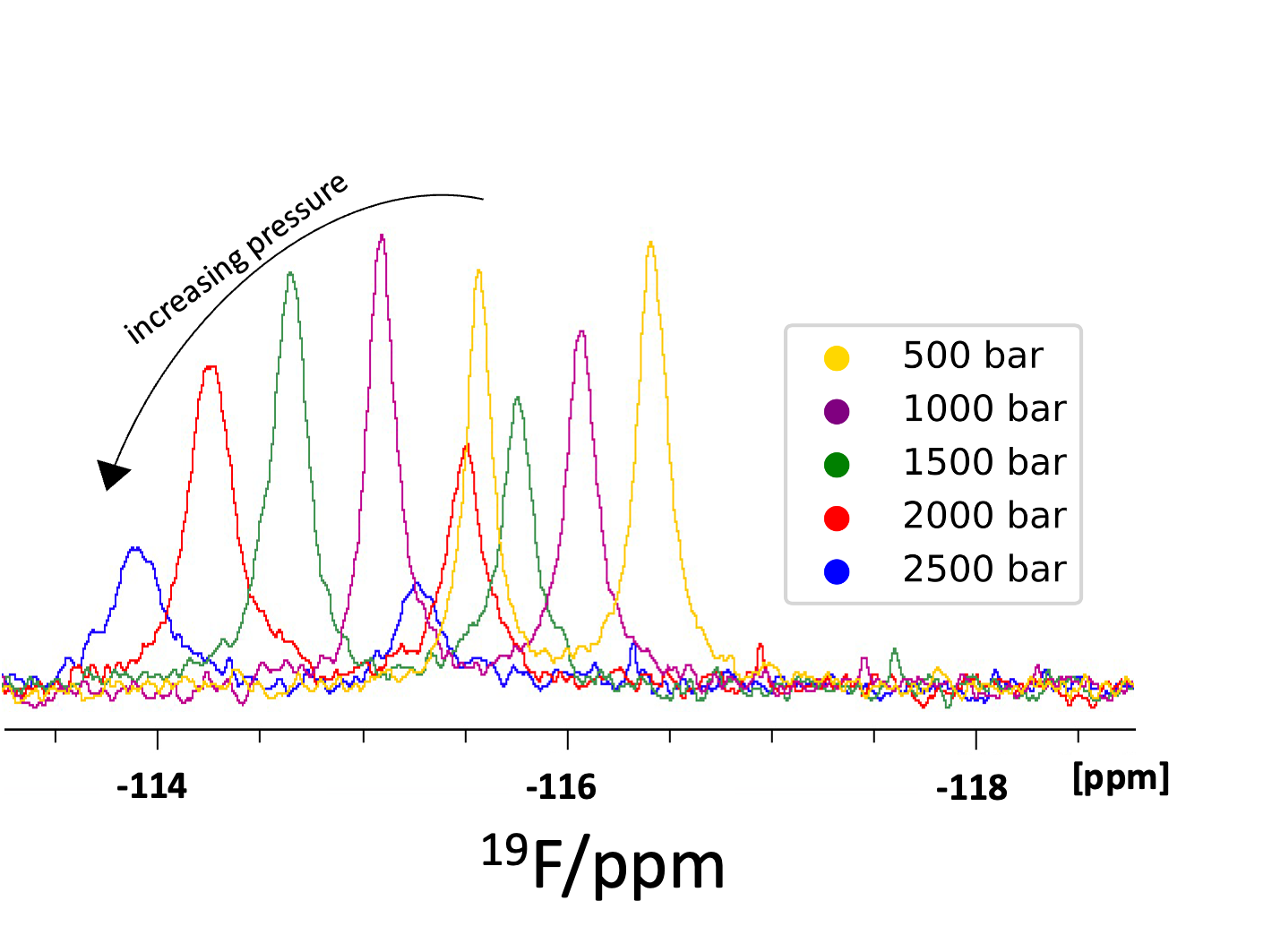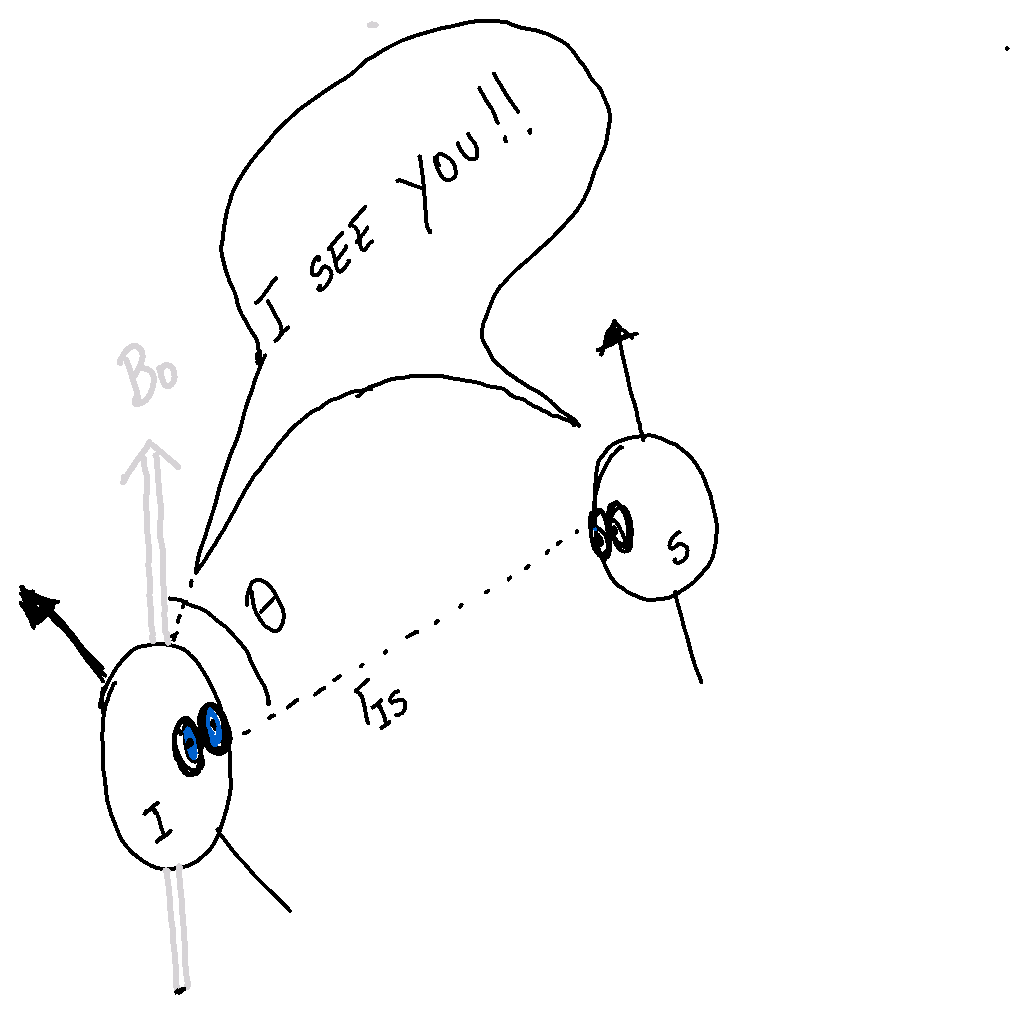Essential points I would like to highlight before the NOESY parameters:
- Dipole-dipole interaction between two nuclear spins on the same molecule is affected by molecular tumbling, which causes a variation in the magnitude and direction of the magnetic field exerted by one spin to the other. The molecular tumbling causes a fluctuation of the local fields leading to relaxation;
- The average dipolar coupling on an isotropic solution is equal to zero;
- The z-magnetization of spin I (Iz) is affected by transitions involving the z-magnetization on spin S (Sz);
- Cross-relaxation is the proportional constant that describes the rate of magnetization transfer from spin I, by relaxation processes, to spin S;
- Cross-relaxation leads to NOE;
- Cross-relaxation is field and molecular-weight-dependent, and it can be positive (fast motion limit), negative (slow motion limit), or zero.
- The sign of the cross-relaxation term dictates if the cross-peak and the diagonal have opposite (small molecules) or the same (macromolecules) signs.
An important pulse sequence for distance restraints or spatial proximity, a 2D-NOESY spectrum looks like a COSY spectrum: a diagonal and cross-peaks. However, the cross-peaks are generated not by coherence transfer through scalar coupling but via cross-relaxation. A general NOESY pulse sequence is composed of the following:
- A 90˚ pulse that brings the magnetization to the transverse plane (Iz –> -Iy);
- t1 evolution period –> generates the second dimension;
- A second 90˚ pulse that places part of the magnetization into the – z-axis (-Iz);
- Mixing time that allows the development of the transient NOE;
- Final 90˚ pulse that brings the magnetization back to the transverse plane to be detected.
The mixing time (d8) is the most critical parameter on a NOESY pulse sequence and has to be chosen wisely. Although the cross-peak intensity is maximized by a mixing time on the order of T1, long mixing times will allow multiple magnetization transfers or spin diffusion.
For more theory, check:
- Chapter 9 (Understanding NMR Spectroscopy – James Keeler).
- Chapter 9 (High-Resolution NMR Techniques – Timothy Claridge).
- Spin Dynamics (Malcolm Levit).



